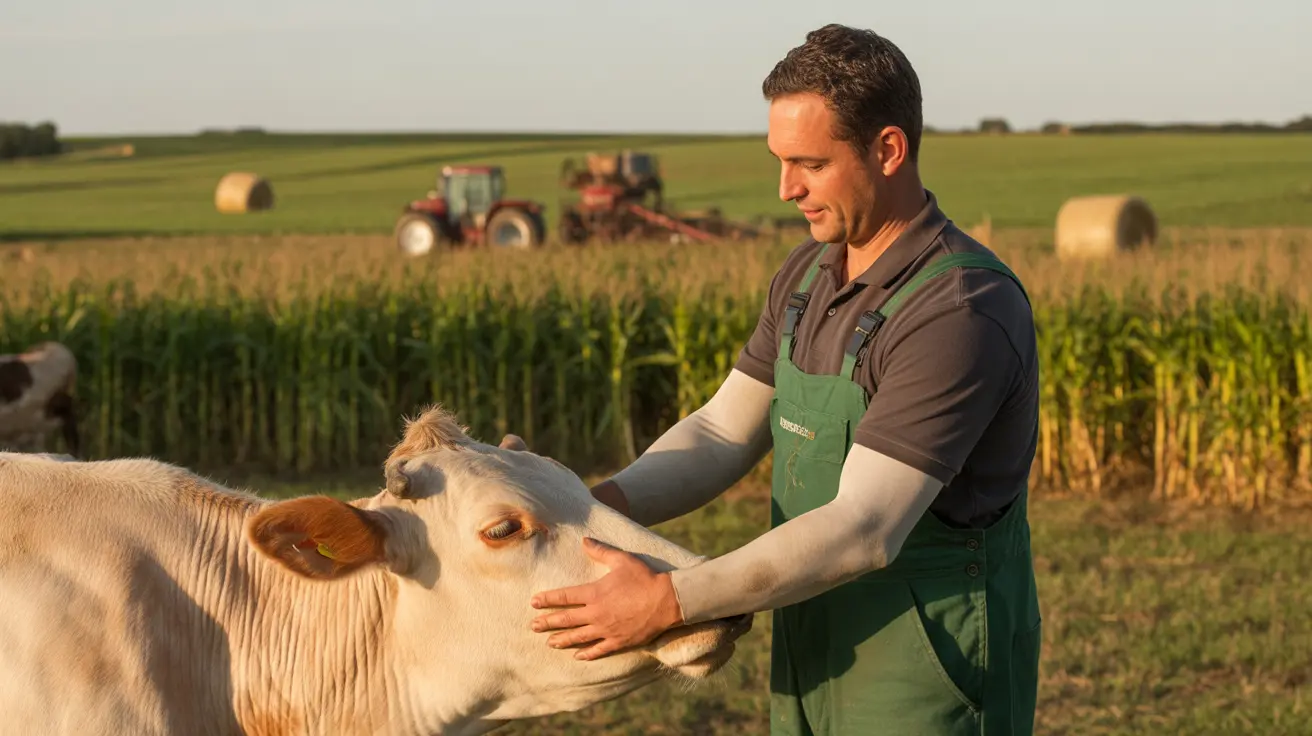Understanding the Rural Veterinary Crisis
The current shortage of large animal vets in rural areas represents a critical challenge for agricultural communities. As existing veterinarians work to maintain service levels, the gap between available care providers and the needs of farming communities continues to widen, particularly in the Midwest region.
Impact on Livestock Health and Agricultural Operations
The scarcity of veterinary professionals in rural areas has direct implications for livestock health management and farm operations. While veterinarians like those in Harmony work to maintain high standards of care, the shortage creates additional pressure on existing practitioners to cover larger service areas and manage increased caseloads.
Challenges Facing Large Animal Veterinarians
Rural veterinary practitioners face unique challenges in their daily operations:
- Extended travel distances between farms
- Physical demands of working with large animals
- Complex emergency response situations
- Limited access to specialized equipment
- Long working hours and on-call responsibilities
Solutions and Adaptations
To address these challenges, veterinary practices are implementing various strategies:
- Prioritizing preventive care to reduce emergency visits
- Utilizing mobile clinic setups
- Coordinating with neighboring practices for coverage
- Implementing scheduling systems to optimize service delivery
Supporting the Future of Rural Veterinary Care
The veterinary community is working to develop sustainable solutions to address the shortage. This includes promoting veterinary education programs focused on large animal medicine and supporting initiatives that encourage new graduates to pursue careers in rural areas.
Frequently Asked Questions
Why is there a shortage of large animal veterinarians in rural areas like the Midwest?
The shortage stems from multiple factors, including high student debt loads, the demanding nature of rural veterinary work, and the challenge of maintaining work-life balance in remote locations. The Midwest region faces particular challenges due to its large agricultural areas and dispersed farming communities.
What challenges do veterinarians face when working with large animals in rural communities?
Large animal veterinarians in rural areas must manage extensive travel distances, physically demanding work conditions, and the need to be available for emergency calls. They often work independently and must maintain expertise across multiple species while carrying specialized equipment to various locations.
How can technology help address the shortage of large animal veterinary care?
While technology cannot completely replace in-person veterinary care, telemedicine and digital health monitoring tools can help veterinarians manage routine consultations, follow-up care, and preventive medicine programs more efficiently. These tools enable practitioners to serve more clients effectively while maintaining quality care standards.
The large animal veterinarian shortage represents a significant challenge for rural communities, particularly in the Midwest. As the situation continues to evolve, supporting existing veterinary professionals while developing long-term solutions remains crucial for maintaining animal health and agricultural productivity. Communities, veterinary organizations, and policymakers must work together to address this growing concern and ensure sustainable veterinary care access for rural areas.






